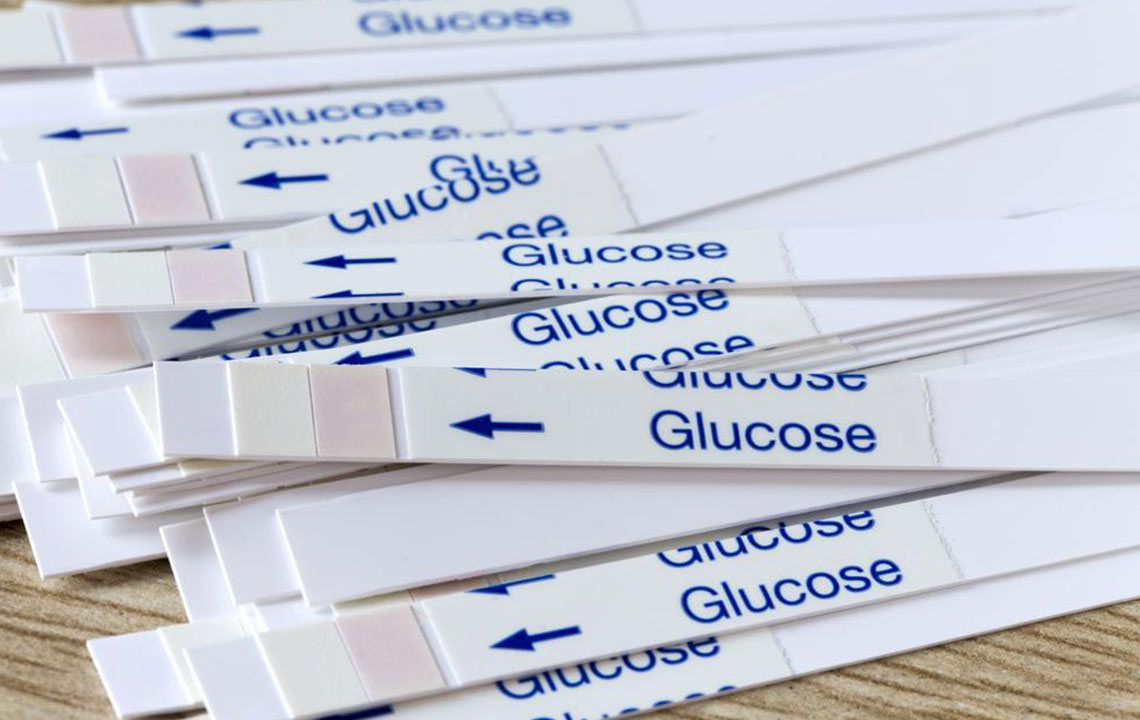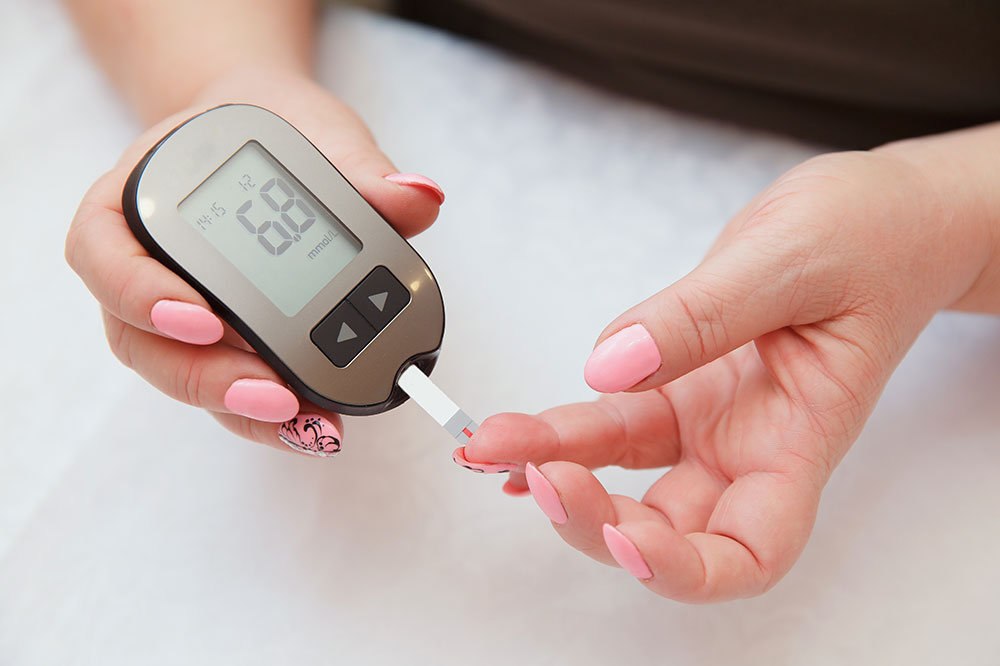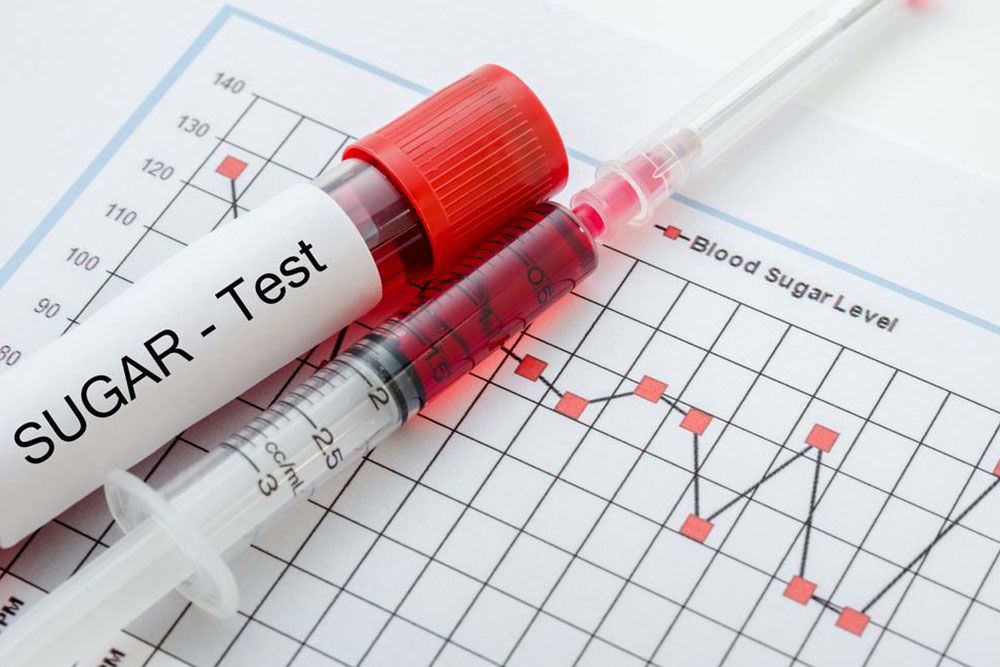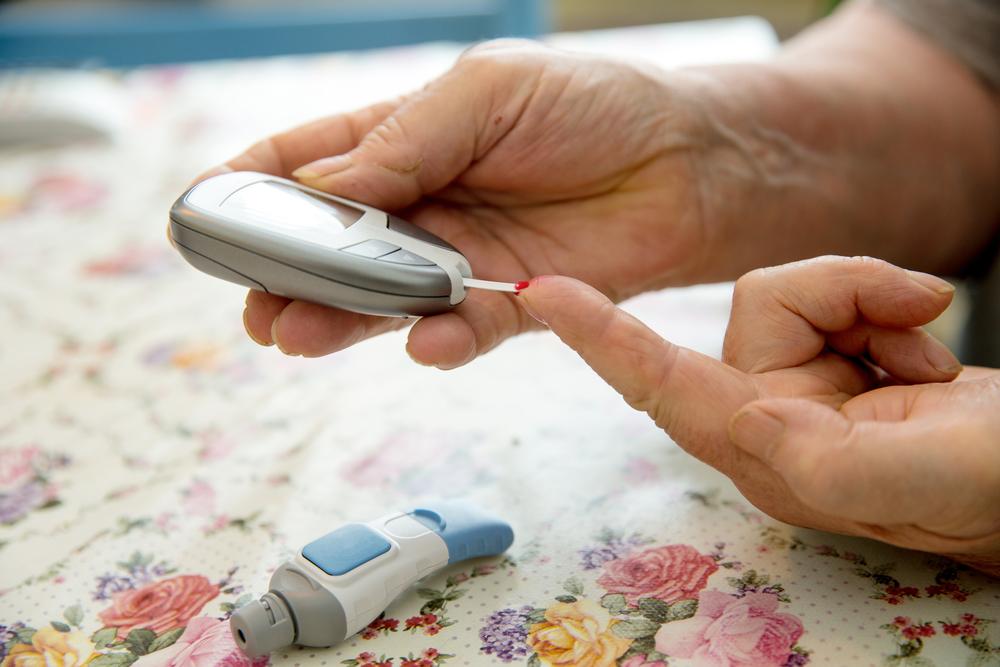Comprehensive Guide to Blood Sugar Testing and Its Importance
This comprehensive guide explains blood sugar testing, its importance, procedures, and how to interpret results. Understanding blood glucose levels is vital for diagnosing and managing diabetes effectively. Accurate testing can prevent severe health complications and improve long-term health outcomes.

Comprehensive Guide to Blood Sugar Testing and Its Importance
A blood sugar test measures the amount of glucose in your bloodstream. Glucose, derived from the carbohydrates we eat, is the primary energy source for our body. The hormone insulin regulates blood sugar levels; insufficient insulin can lead to diabetes, causing high sugar levels and potential organ damage such as kidney issues.
This test helps diagnose different types of diabetes, including type 1, type 2, and gestational diabetes. Maintaining proper blood sugar levels is essential, as both high and low levels, such as hypoglycemia, can lead to health problems.
Blood sugar testing is vital for managing diabetes. It helps identify whether a person has it or is at risk. The three main types are type 1, type 2, and gestational diabetes. Elevated blood sugar levels can result from conditions like infections, pancreatic issues, or hormonal imbalances, while low levels, called hypoglycemia, can result from factors such as starvation or liver disease.
Preparing for a Blood Sugar Test
Tests can be performed randomly or after fasting. Fasting tests, usually in the morning, provide more precise results, requiring abstaining from food or drinks before testing. Random tests can be taken anytime, regardless of last meal. An oral glucose tolerance test is often used during pregnancy to detect gestational diabetes by measuring blood sugar after consuming a sweet liquid. Hemoglobin A1c tests reveal long-term glucose control by measuring attached sugar on red blood cells.
It is important to inform your healthcare provider about medications, as drugs like steroids or birth control pills can influence results. Avoid certain medications before testing to ensure accuracy.
Procedure of Blood Sugar Testing
The process involves drawing blood via a finger prick or a vein. A healthcare professional cleans the area, applies a tourniquet, and collects the blood sample. The sample is then sent to a lab for analysis. The results help determine if your blood sugar levels are within the healthy range.
Understanding Blood Sugar Results
A fasting blood sugar level between 70-100 mg/dL is considered normal. In random tests, levels below 125 mg/dL are healthy. Elevated levels suggest prediabetes or diabetes, depending on specific thresholds.
Pre-diabetes: 100-125 mg/dL (fasting), 140-199 mg/dL (random)
Diabetes: 126 mg/dL or higher (fasting), 200 mg/dL or higher (random)










